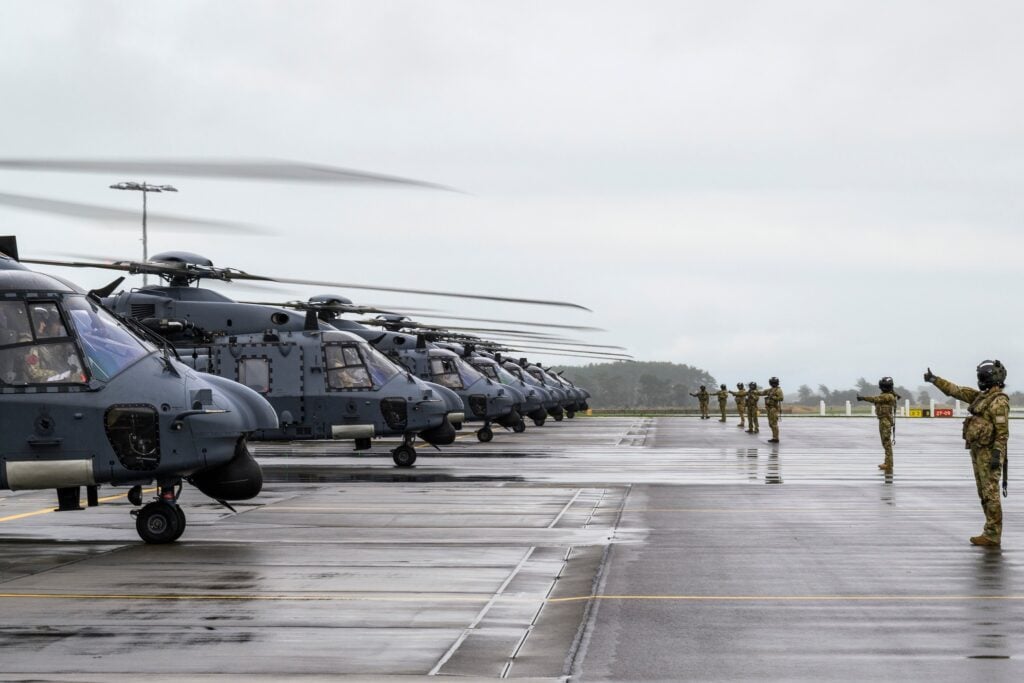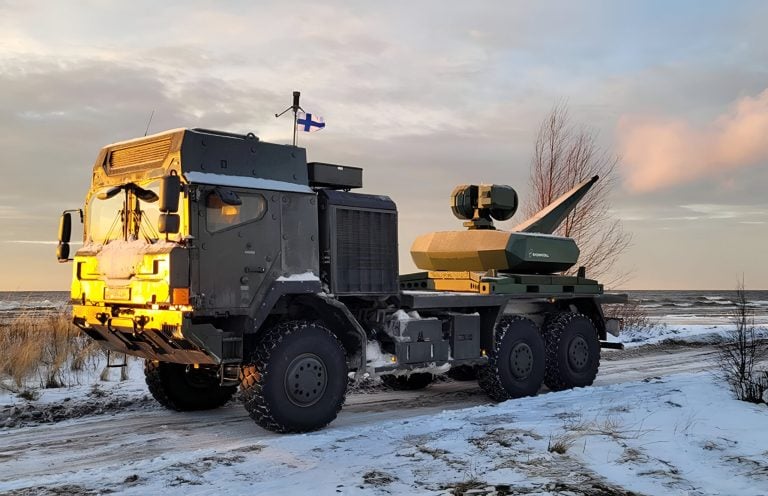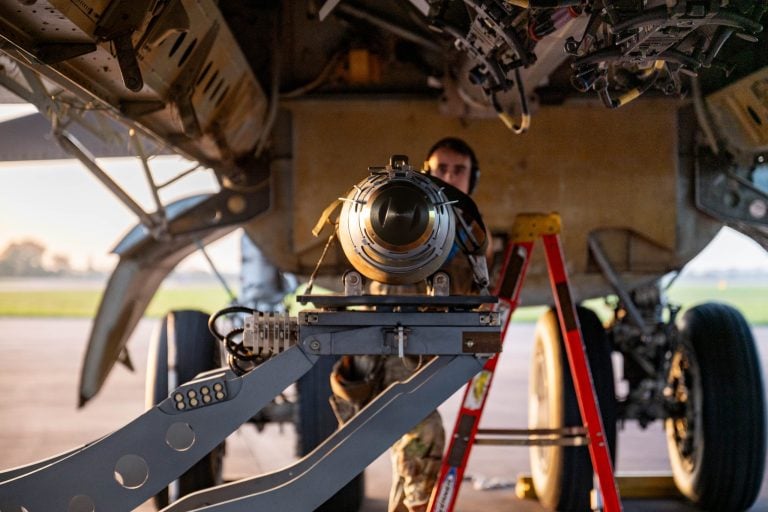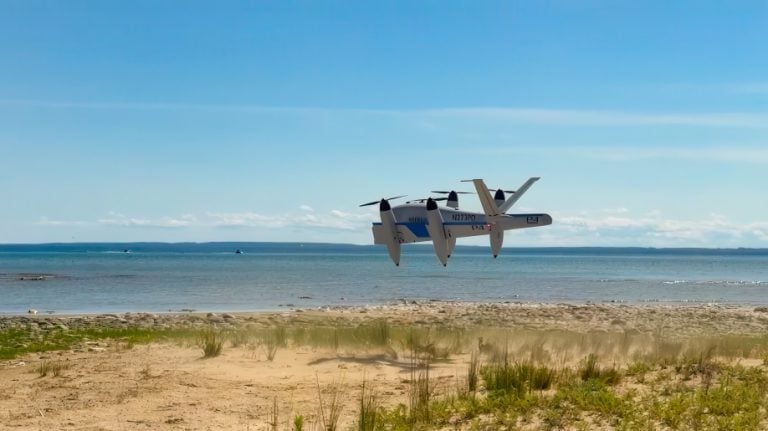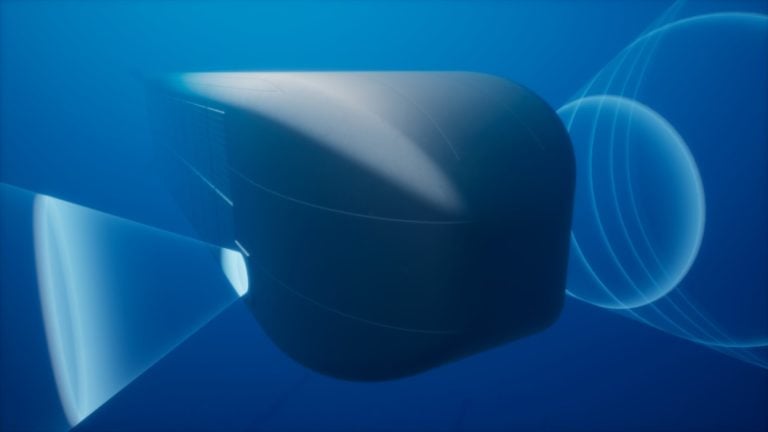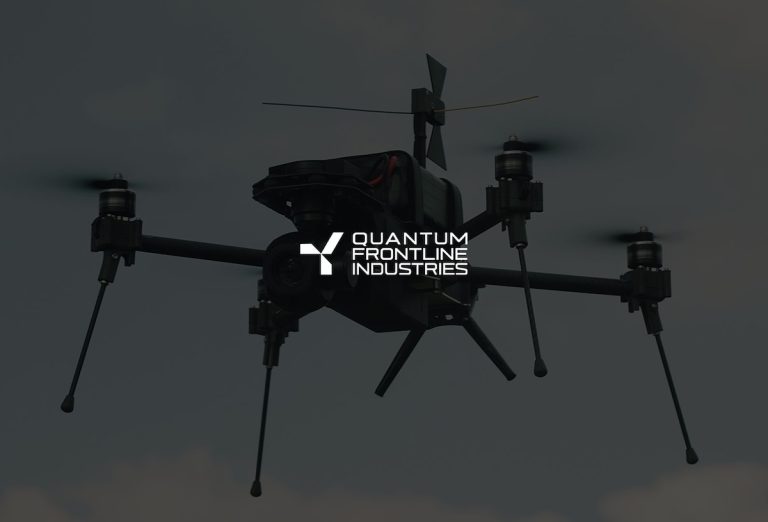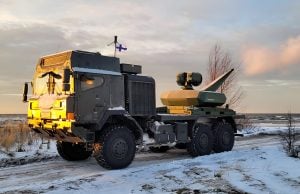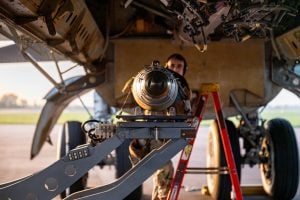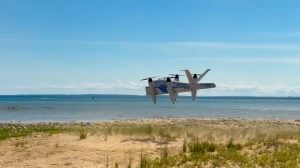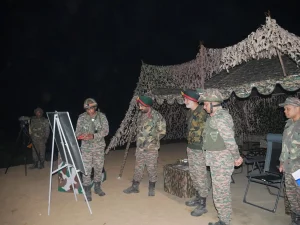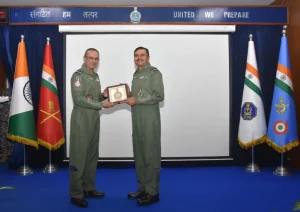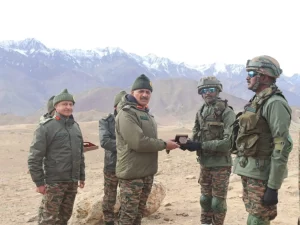The Royal New Zealand Air Force has successfully completed a significant upgrade of its NH90 helicopter fleet, based at Base Ohakea. This modernization effort introduced advanced software and equipment solutions aimed at enhancing the fleet’s overall performance.
One of the standout features of this upgrade is the improved identification system, which facilitates better recognition between the military’s NH90 helicopters and allied forces that utilize friend-or-foe airborne systems. This enhancement is particularly critical in ensuring operational efficiency and safety during joint missions.
Additionally, the upgrades ensure compliance with New Zealand Civil Aviation regulations regarding aircraft identification broadcasts, specifically the implementation of “ADS-B OUT.” This capability is crucial for aircraft safety and situational awareness in crowded airspace.
Moreover, the improvements have contributed to advanced flight automation, allowing the NH90 helicopters to maintain precise hover down to the ground, now extending beyond the previous limit of 15 feet (5 meters). This functionality is particularly beneficial during “brownout” conditions, where reduced visibility due to dust, debris, or snow can pose significant challenges.
Capability Development Officer Squadron Leader Austin Smith highlighted that the upgrade includes state-of-the-art secure inter-aircraft communications technology, known as Saturn. This system enhances secure communications between aircraft in combat scenarios, crucial for operational security.
“We’ve had a dispensation for the Air Force to operate without ADS-B OUT, but this now enables us to operate without restriction,” Smith noted. “It also allows us to hover automatically over water lower than previously able, enhancing the safety of activities like Special Forces entering the water from the helicopter.”
Initially, the upgrade was projected to take three years overseas, specifically at NH90 centers in Europe. However, the prowess exhibited by the New Zealand Defence Force’s Deeper Maintenance unit prompted NH Industries, the NH90 developer, to facilitate the work domestically. Components sourced from retired Australian Defence Force NH90s played a crucial role, permitting modifications without necessitating the grounding of New Zealand’s NH90 fleet. Remarkably, the entire process was completed in just four weeks.
Smith expressed pride in the achievement, stating, “We’re the first country to do it, and it’s happened incredibly quickly. In the future, we will look at delivering more software and hardware that will enable additional communication functions and performance-based navigation, allowing the helicopter to operate more efficiently in civil air traffic control environments.”
The NH90 helicopter itself is a versatile aircraft, measuring 20 meters (66 feet) in length with a rotor diameter of 16 meters (52 feet) and a maximum takeoff weight of 11,000 kilograms (24,251 pounds). It is powered by twin engines, each producing 2,300 horsepower, enabling a maximum speed of 300 kilometers (186 miles) per hour. The helicopter boasts a remarkable operational range of 1,600 kilometers (994 miles) and an endurance of up to five hours. Additionally, it can accommodate up to 23 personnel and can be equipped with mounted automatic machine guns, enhancing its utility in various missions.
The Royal New Zealand Air Force’s proactive approach to modernizing its NH90 fleet underscores its commitment to maintaining high operational standards and ensuring the safety and efficacy of its missions.
